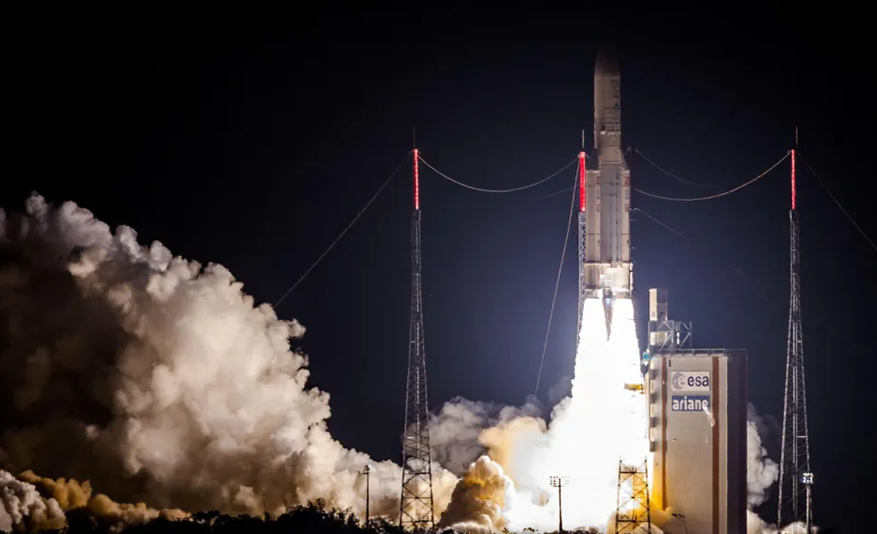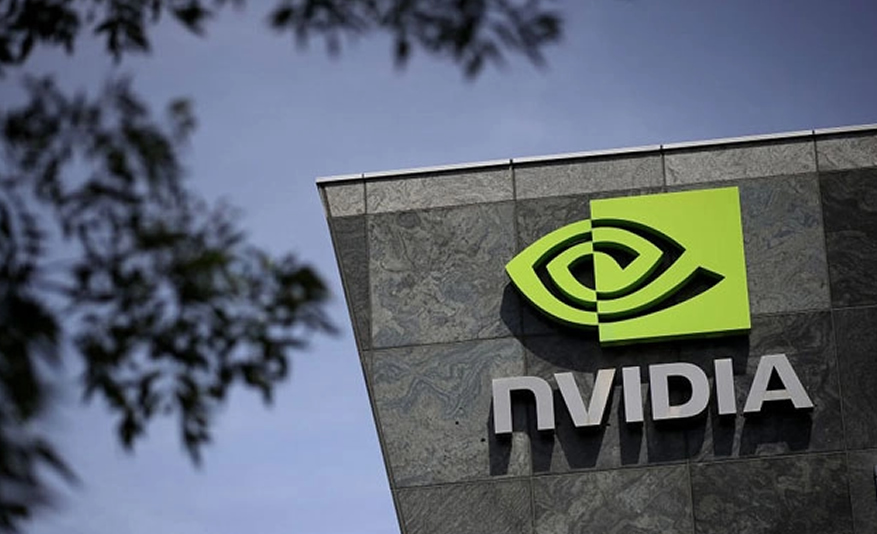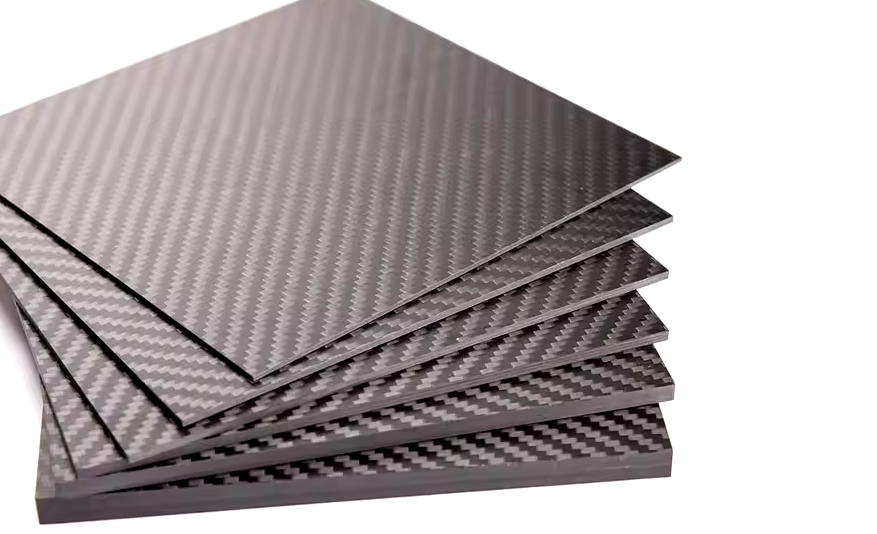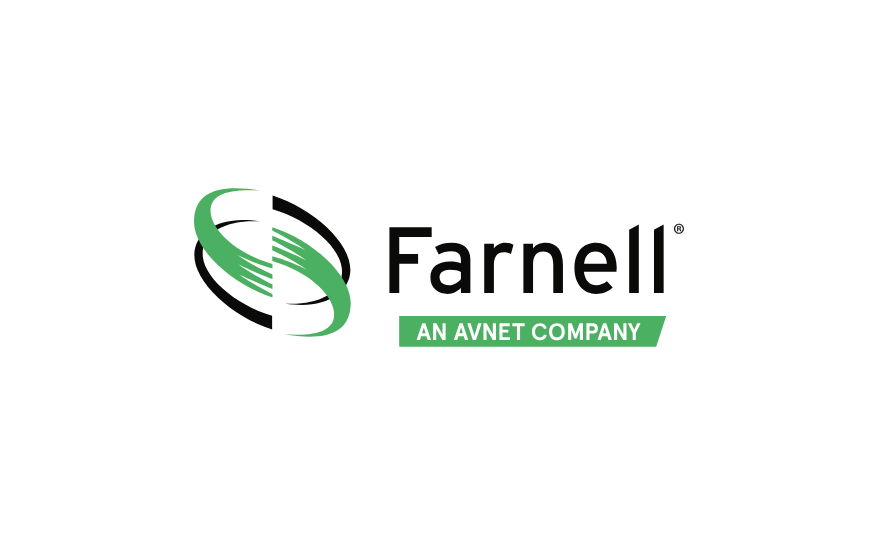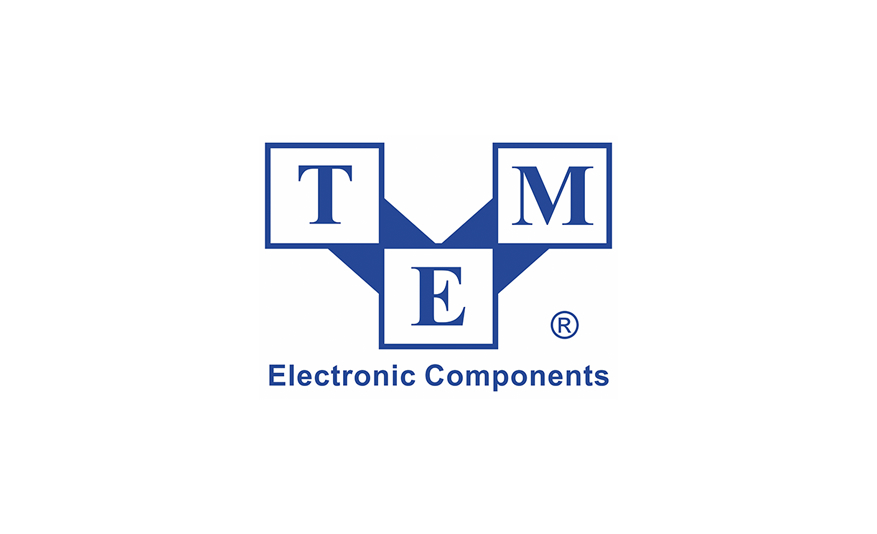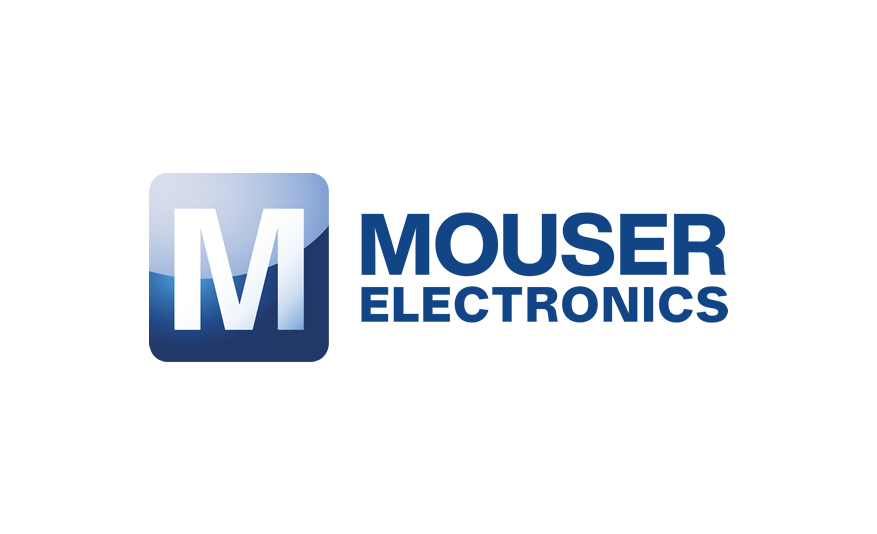Valeo and MAHLE have announced a strategic partnership to develop an innovative magnet-free electric axle system, aimed at upper-segment electric vehicles.
Building on Valeo’s previous success with a European OEM in developing Externally Excited Synchronous Motor (EESM) technology, this collaboration introduces the iBEE system (inner Brushless Electrical Excitation), designed to deliver peak power ranging from 220 kW to 350 kW.

The joint project will combine Valeo's expertise in electric motors, efficient inverters, and motor control with MAHLE's advanced magnet-free rotor technology, featuring its Contactless Transmitter (MCT). Both companies are working on a sophisticated cooling system to enhance the continuous-to-peak power ratio, with expectations of reducing the carbon footprint by more than 40% compared to conventional permanent magnet motors of equivalent power. Initial testing of prototypes is set for completion by the end of 2024.
Xavier Dupont, Valeo Power Division CEO, said the partnership allows Valeo to expand its EESM portfolio to upper-segment vehicles while supporting sustainable automotive solutions.
Martin Wellhoeffer, Member of the MAHLE Group Management Board, noted that the collaboration would set new standards in packaging and efficiency for EESM-based e-axles, further advancing future mobility solutions.
Valeo’s previous magnet-free motor development, launched in 2022, achieved a 30% increase in power density and a 30% reduction in carbon footprint compared to permanent magnet motors, thanks to the company's inverter expertise. MAHLE’s contactless transmitter technology, a key component in the partnership, eliminates the need for rare earth materials, enhancing both sustainability and cost-effectiveness in electric mobility. The collaboration marks a significant step forward in reducing resource dependency while enhancing performance in electric vehicles.









